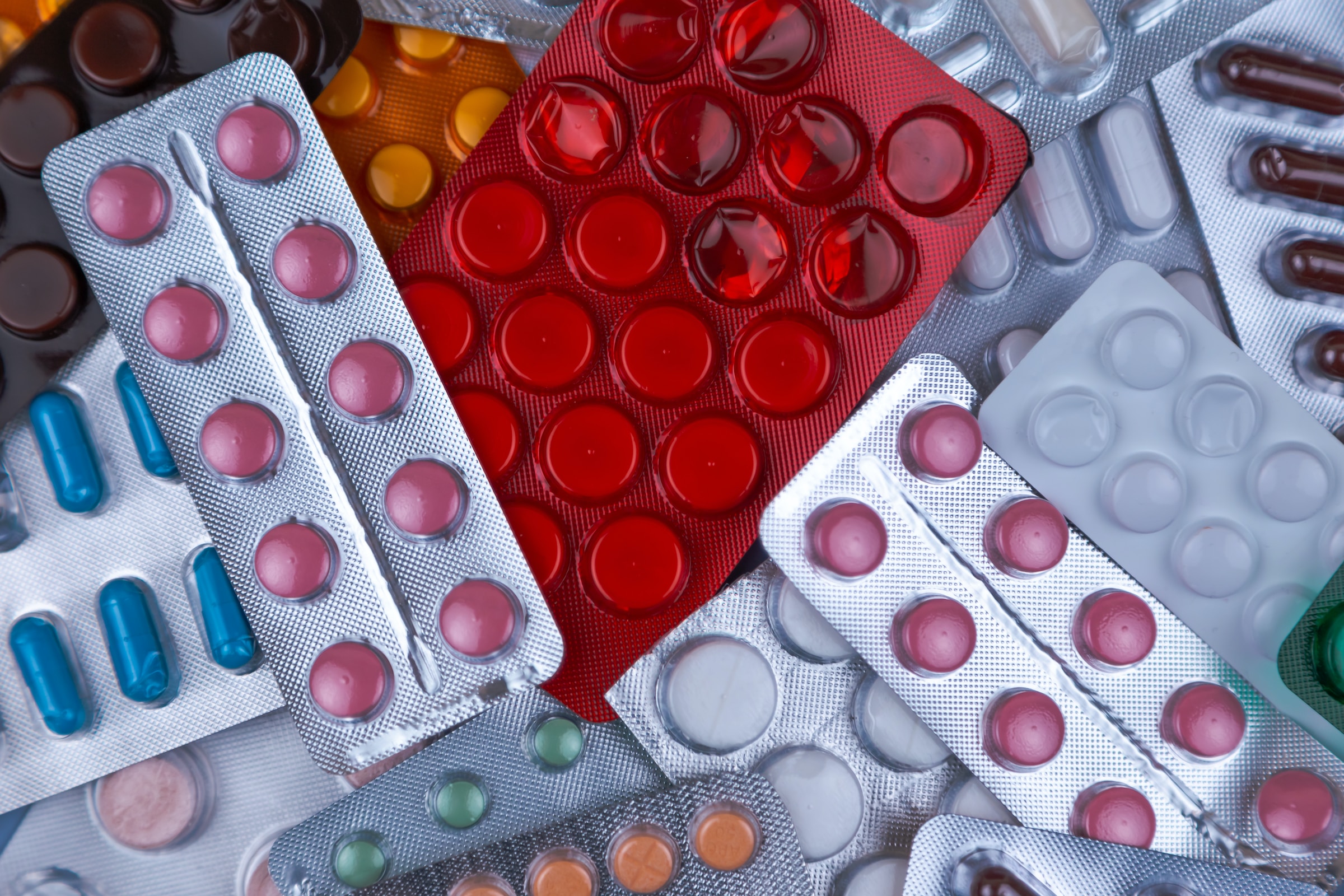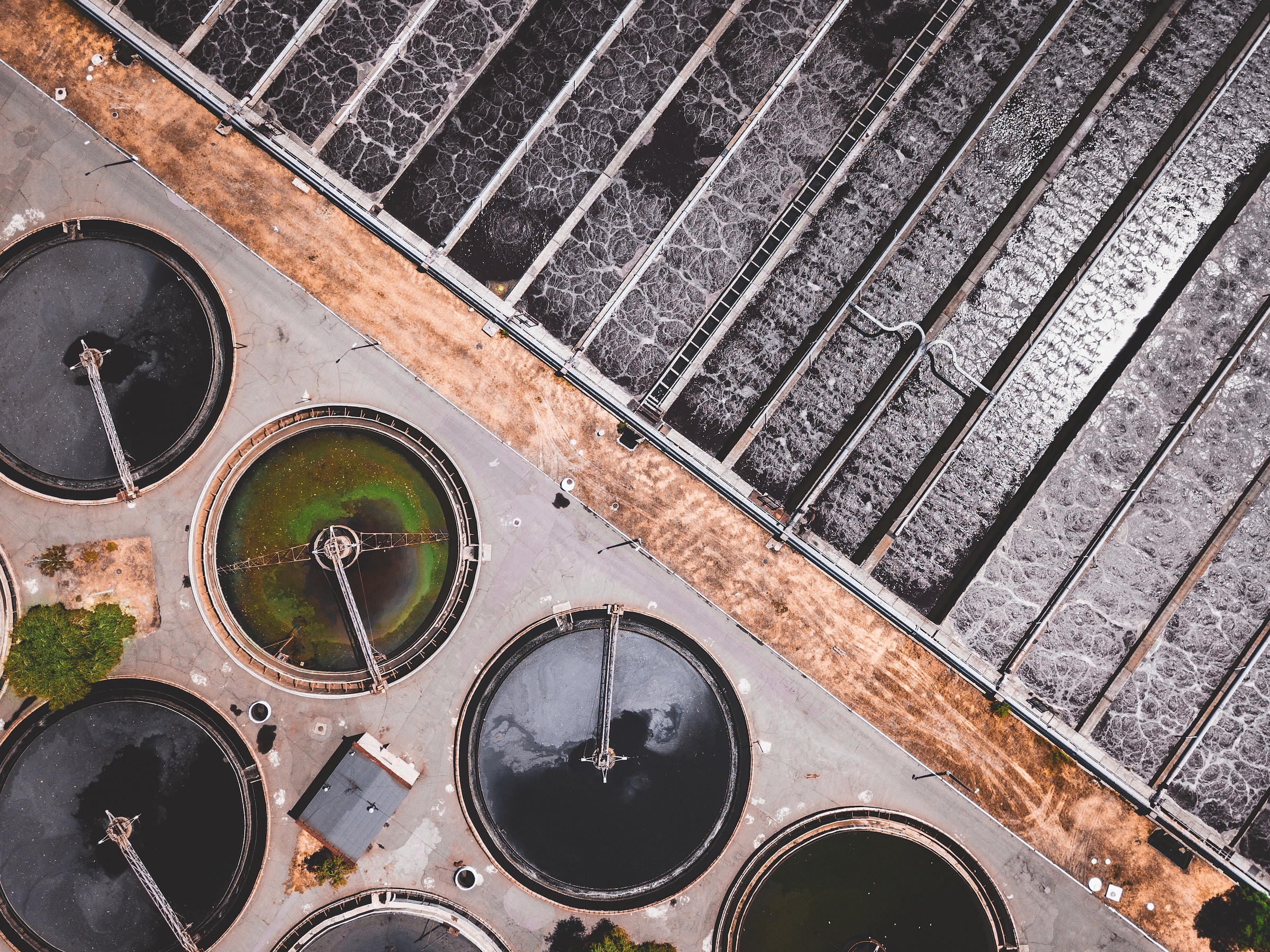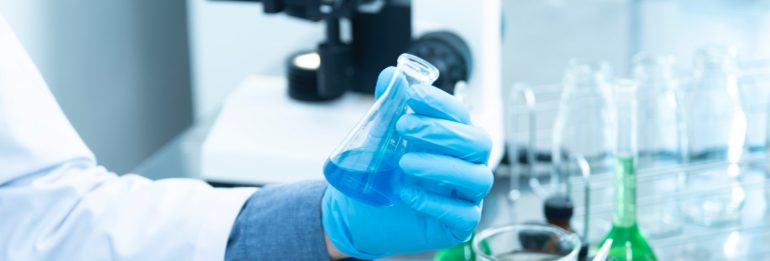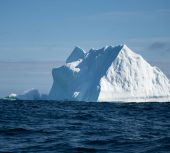In the hustle of everyday life, the simple act of popping a painkiller for an aching head is a thoughtless routine. But behind this mundane act lies a much larger, more complex problem. Today, the drugs we ingest, both voluntarily and unknowingly, are having a cascading effect on our ecosystems and possibly our health.
How Do Drugs Enter Our Water?
It starts with us. When we consume medicines, a significant portion is excreted unchanged. "The pharmaceuticals that people consume eventually leave the body and enter wastewater. Sadly, they aren't effectively removed during treatment," explains Elin Engdahl of the Swedish Society for Nature Conservation. This residue, combined with the improper disposal of unused medications and pharmaceutical waste from hospitals and manufacturing units, ends up in our rivers, lakes, and oceans.

The painkillers you take are harmful to the environment
Stefan Berggren, the director of the Swedish Knowledge Centre for Pharmaceuticals in the Environment, highlights the resilient nature of these pharmaceuticals. "These medicines are designed to resist immediate degradation to be effective in our bodies. Consequently, when they enter the environment, they persist, and there's a chance they'll be taken up by aquatic life or even re-enter our water supply."
Why Should We Be Concerned?
The environmental toll is already apparent. Even at low concentrations, these pharmaceutical residues have been shown to affect aquatic life. For example, fish exposed to hormones from contraceptives can develop mutations affecting their reproductive abilities. This can set off a chain reaction of declining populations and imbalances in aquatic ecosystems.
However, the risks are not limited to aquatic life. These substances can find their way back into our tap water. Engdahl warns of the dangers, especially for children, "Hormonal disruptions in developing children can impact reproductive organs and brain development."
Beyond individual medicines, the significant increase in antibiotic use also poses a threat. These drugs, when introduced to the environment, contribute to the rising concern of antimicrobial resistance. "With antibiotic resistance on the rise, we're staring at a future where even minor infections could prove fatal," warns Engdahl.
Is There a Way Out?
To tackle the threat posed by pharmaceutical residues in water, experts advocate a multi-pronged approach:
- Advanced Wastewater Treatment: Many countries are researching advanced water treatment methods, including activated carbon filtration and ozonation, which show promise in effectively removing pharmaceutical residues.
- Developing Greener Medicines: The pharmaceutical industry can play a pivotal role by producing medicines that are environmentally friendly. These medicines would degrade more easily once they enter the environment.
- Public Awareness: Public campaigns educating individuals about the proper disposal of medicines can significantly reduce the amount of pharmaceutical waste entering the water.
- Regulations and Monitoring: Stricter regulations on pharmaceutical manufacturing waste, coupled with regular monitoring of water sources, can help in early detection and mitigation of pollution.
- Collaborative Efforts: Addressing this issue requires a joint effort. From pharmaceutical companies and regulatory bodies to healthcare providers and individuals, everyone has a role to play in ensuring our water stays clean.

In-depth wastewater treatment is one of the stages of overcoming the problem of drinking water contamination with medicines
In conclusion, while the problem of pharmaceutical residues in water is complex and multifaceted, it's far from insurmountable. With coordinated efforts, innovation, and public awareness, we can ensure that our waterways remain clean and safe for all.
©GlobalCO2.uk





